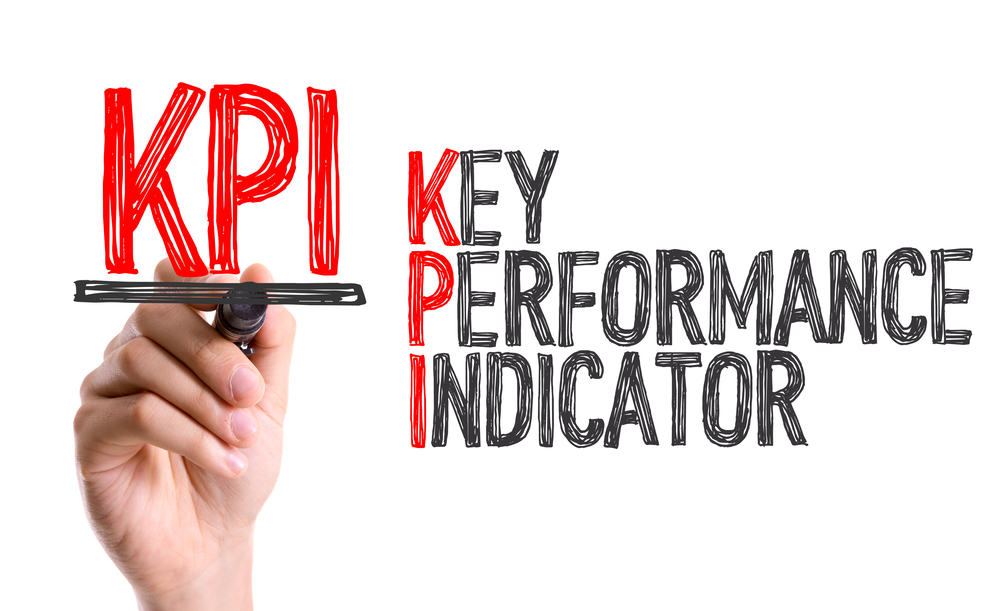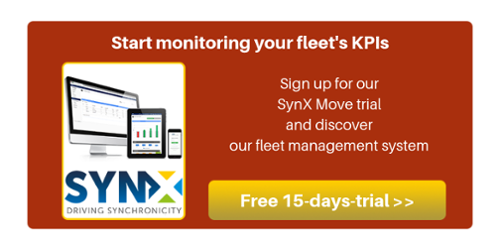
In the latest chapter in our A-Z of fleet management, we’re looking at “K” for Key Performance Indicators or KPIs.
What are Key Performance Indicators (KPIs)?
KPIs are measurable values that demonstrate how effectively a company is in achieving key business objectives. Organizations use KPIs at multiple levels to track performance measures.
Why establish KPIs?
If we start to measure KPIs, not only in fleets but in any type of business, we have a very good idea as to how well our business is faring and whether there is scope for corrections or improvements. The important thing is to establish KPIs that are measurable, actionable and obviously meaningful for our business sector. When it comes to fleets and vehicles, we may well be privileging KPIs that are irrelevant for other types of businesses.
What KPIs are specific to fleet management?
When dealing with fleets, the KPIs will have to tell us how well your fleet and vehicles are performing. We often tend to imagine KPIs as something merely related to strictly financial aspects of a fleet—for example, we think about costs—when we should regard a fleet holistically and consider how all aspects ultimately contribute to a successful operation. When it comes down to it, there is so much you can do to improve your fleet operation—not just purely to do with cost cutting—that might not be explicitly evident in financial KPIs. In this blog post we will cover some of them.
Meaningful fleet management KPIs
As we mentioned previously, there are KPIs that impact on the bottom line of your fleet and company but are not overtly classified as costs. Let’s look at two of them.
- Utilization: this key performance indicator provides information on the amount of time your vehicles are actively being used. Apart from tracking vehicles—surely the optimum way to check how much a vehicle is utilized—you can make a random calculation by taking the yearly working hours and comparing them with the hours a particular vehicle is actively working to check if it is overused, underused and if it is worth holding on to or selling. The over or underutilization can depend on a number of factors such as your workforce and its possible downtime, a vehicle that is only used for a particular purpose, ongoing maintenance that might make a vehicle unavailable or unclear workflow within your organisation.
- Vehicle inspection completion: addressing maintenance issues in a swift way is essential for any fleet; and complying with preventative checks before your vehicles’ journeys is not only a way to potentially eliminate downtime and increase utilization, but is a legal requirement itself. If you have a process that actively promotes and implements vehicle checks, measuring their actual accomplishment, you will see whether there is scope to improve your processes and therefore realise the benefits.
Want to learn more? Check out our blog post: 3 headaches you should get rid of to boost your fleet performance.




